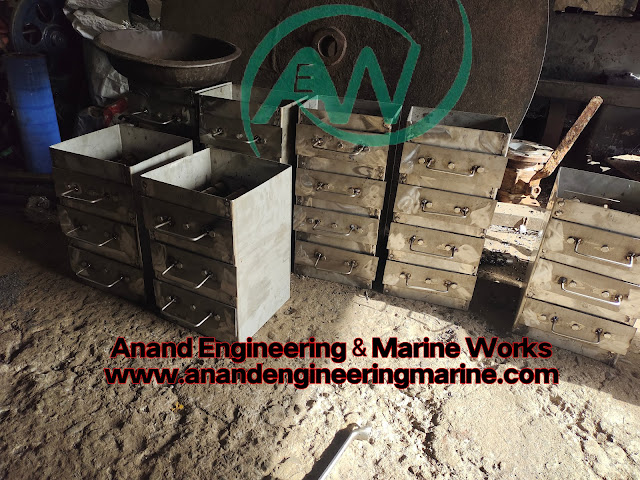www.anandengineeringmarine.com
If you're looking to manufacture a magnetic box for removing metal from salt, here's a general overview of the process:
Design: Start by creating a detailed design for the magnetic box. Consider factors such as the dimensions, materials, magnet placement, and the mechanism for metal removal.
Material selection: Choose a suitable material for the box that is durable, corrosion-resistant, and non-magnetic. Stainless steel is often a popular choice for such applications due to its properties.
Magnet selection: Select strong magnets that are capable of attracting and removing metal particles from the salt. Neodymium magnets are commonly used for their high magnetic strength.
Manufacturing process: The manufacturing process may involve several steps, including:
a. Cutting and shaping: Use appropriate machinery to cut the stainless steel sheets and shape them into the desired form for the magnetic box.
b. Welding: Join the cut pieces of stainless steel together using welding techniques. This ensures that the box is sturdy and leak-proof.
c. Magnet installation: Carefully position and secure the magnets inside the box according to the design. Ensure that they are fixed firmly in place.
d. Finishing: Smooth the edges of the box and apply any necessary finishing touches to ensure the surface is free from sharp edges or rough spots.
Testing: Once the magnetic box is manufactured, conduct thorough testing to ensure its effectiveness in removing metal particles from salt. Test it with a sample of salt containing known metal contaminants and evaluate its performance.
Quality control: Implement quality control measures to ensure that each manufactured magnetic box meets the required standards. This may include inspections, quality checks, and adherence to specific manufacturing guidelines.
Packaging and distribution: Once the magnetic boxes pass quality control, package them appropriately for shipment. Consider using suitable materials to protect the boxes during transportation and storage.
Remember that this is a general outline, and the manufacturing process may vary based on the specific design and requirements of your magnetic box. It is advisable to consult with experts in manufacturing and engineering to ensure the best results.




Comments
Post a Comment